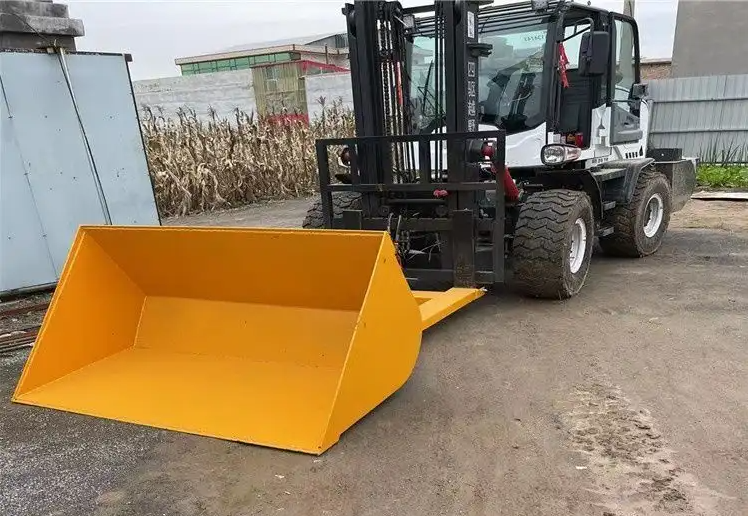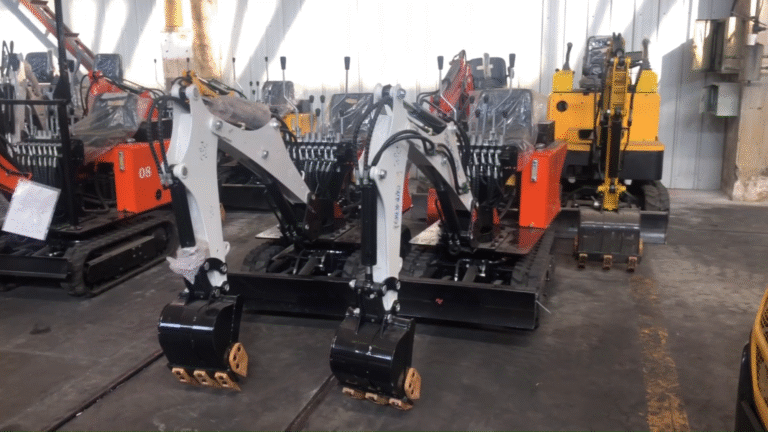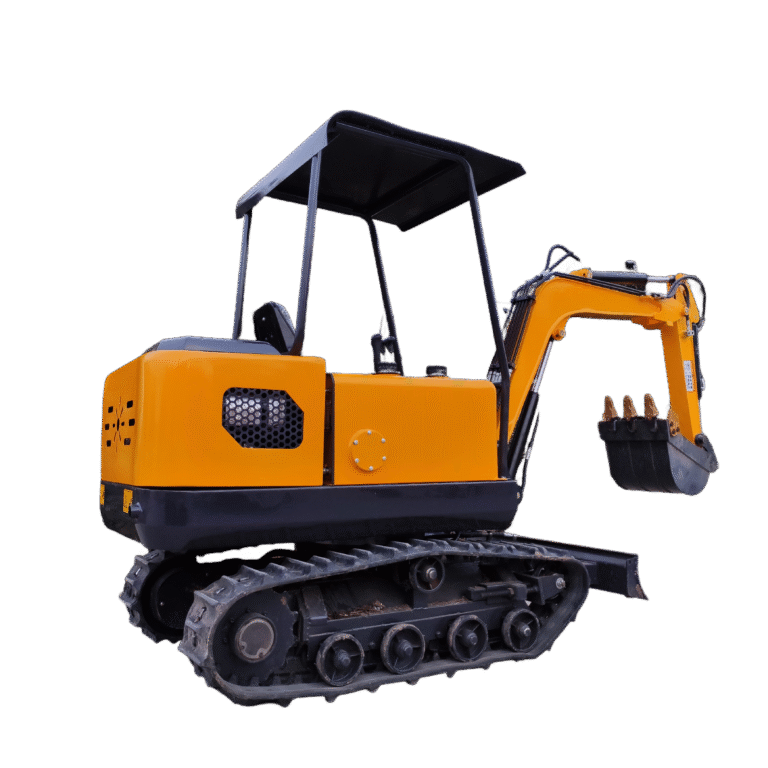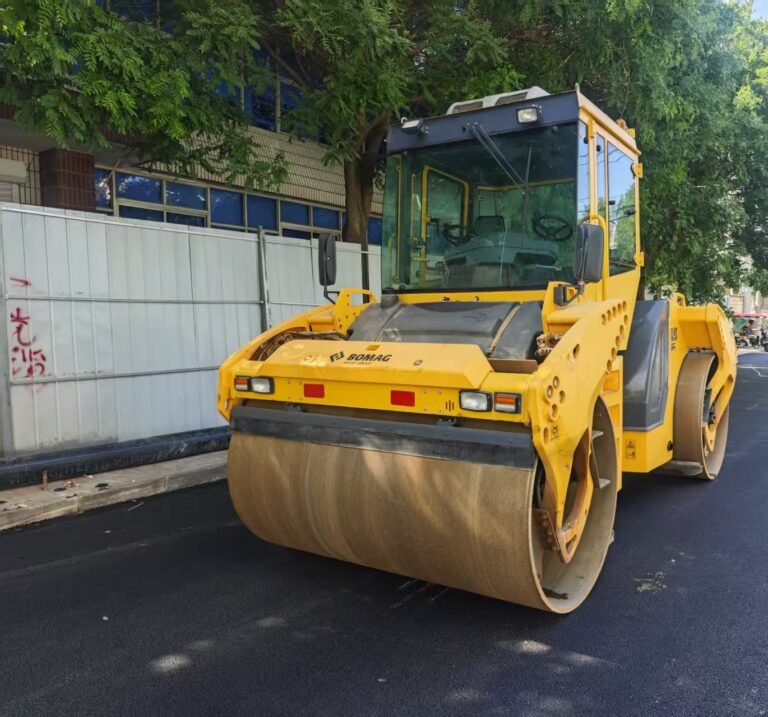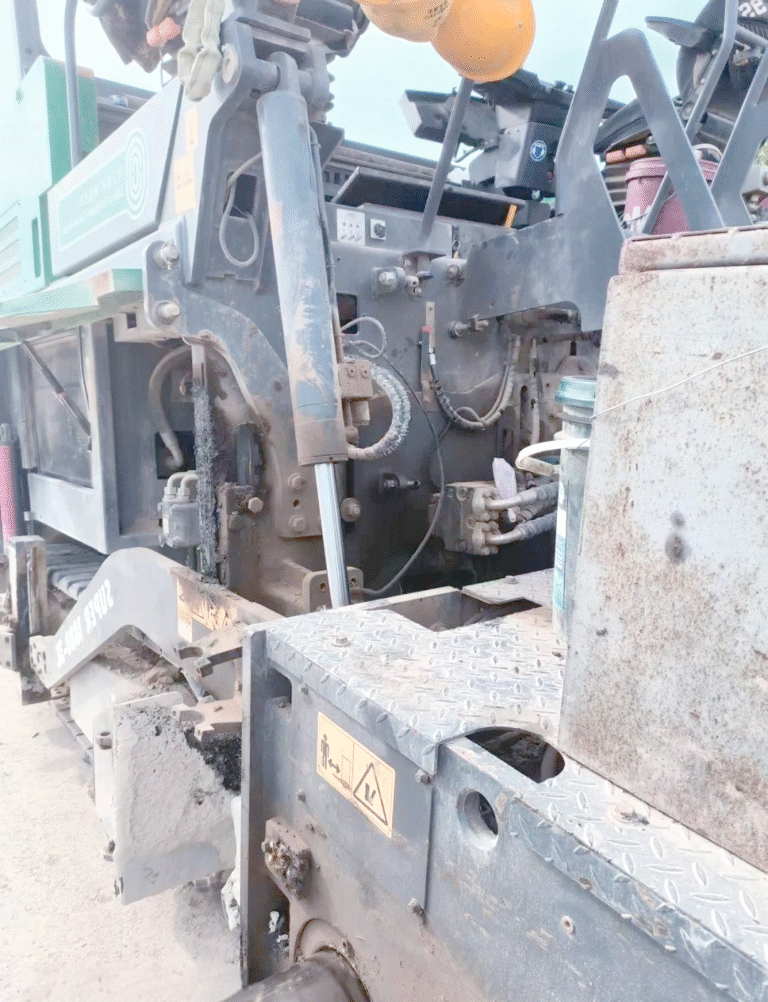Dinapac Roller Wear Parts Detailed and Professional Repair Guide
Dynapac rollers are renowned for their outstanding performance and reliability in the global road construction industry. However, as a heavy equipment with high-intensity operation, its key components inevitably face the risk of wear and damage under constant vibration and impact, heavy crushing loads, and complex working conditions. An in-depth understanding of these vulnerable parts and their scientific repair methods is essential to ensure efficient operation, extend service life, and control maintenance costs. In this article, we will systematically analyze the seven core parts of Dinapac rollers that are most vulnerable to damage, and provide practical repair and maintenance strategies.
1. In-depth analysis and repair program for core wear parts
1.1 Vibrating wheel bearings and sealing systems
Reasons for damage:
Vibrating wheel bearings and sealing systems is the “heart” of the roller. The bearings are subjected to huge radial loads and vibration impacts; the seals are exposed to the attack of gravel, mud, and water. Poor lubrication, seal failure, improper installation, or fatigue aging are the main causes.
Failure performance:
abnormal noise (buzzing, crunching sound), bearing parts overheating, lubricant leakage or emulsification, vibration weakness or irregularity.
Professional restoration/replacement:
Strict procedure: Disassemble the steel wheel → Remove the old bearing/seal accurately → Clean the bearing housing thoroughly → Precisely check the wear of the bearing housing hole (repair or replace if necessary).
Mounting tips: Cold-press mounting of bearings must be carried out with special tools; direct tapping is strictly prohibited. Ensure that the bearings are accurately preloaded (strictly according to the torque requirements of the manual).
Seal core: Select original or equivalent high-quality seals, lip direction is correct, and special sealant is applied to the bonding surface. Spring tension check of the skeleton oil seal is a critical part.
Lubrication Guarantee: Fill with clean high-grade grease of specified type and capacity. Manually rotate the steel wheel after installation to confirm that there is no sticking.

1.2 Steel wheel wear plates/guards
Reasons for easy damage:
direct friction and scraping with materials (especially gravel, construction waste) are a “consumable”. Material fatigue, local stress concentration (such as welded seams), will also accelerate the damage.
Failure performance:
severe wear and tear, thinning, perforation, cracking, deformation, and even partial loss.
Professional restoration/replacement:
Replacement criteria: Replacement is required when the amount of wear exceeds the limit (usually specified in the manual, e.g., halving the thickness or when there is a structural risk, or when there is extensive cracking.
Welding repair (localized): For small cracks or holes, use high-strength wear-resistant electrodes for preheating welding (to avoid cold cracks) and slow cooling after welding. Large areas of wear can be overlaid with a wear-resistant layer, but one needs to pay attention to control thermal deformation.
Installation points: New plate installation to ensure a close fit, bolts tightened in the specified order, and torque. Check whether there is interference with the mud scraper.
1.3 Drive/travel chain (toothed ring drive type)
Vulnerability reasons:
Long-term exposure to huge tensile and shock loads. Insufficient lubrication is fatal, leading to dry friction and increased wear of chain links. Improper tensioning (too loose chain jumping, too tight stress) and sprocket wear mismatch will also accelerate the failure.
Failure manifestations:
chain elongation exceeding the limit, chain plate/roller/pin wear, jamming noise, jumping teeth, and breakage.
Professional restoration/maintenance:
Tension is critical: Regularly check and adjust the tension as required by the manual (usually specify the amount of sag at the midpoint). Automatic tensioning mechanisms need to function properly.
Lubricate regularly: Use a heavy-duty chain grease with good adhesion and establish a regular (e.g., shift or daily) lubrication regime, especially in dusty conditions.
Replacement as needed: Measure the length of multiple pitches. If the elongation exceeds 3%, the chain and sprockets must be replaced in pairs. Replacing a chain or sprocket alone will increase wear on the new parts.
Daily inspection: Visually check for cracks and deformation, rotate, and listen to the sound.
1.4 Key components of the hydraulic system
Vulnerability Points:
Hoses & Fittings: Aging, external wear, loose fittings leading to leaks. Frequent bending areas are the highest risk.
Hydraulic Pumps/Motors: Internal wear causes pressure/flow loss, increased noise, and reduced efficiency.
Control Valve Packages: Stuck spools, internal leakage, and seal failure affect accuracy and force.
Cylinder seals: Scored piston rods and deteriorated seals lead to external or internal leakage, which manifests itself as slow and weak movement and settling.
Failure performance:
slow and weak action, abnormal noise, abnormal heat, unstable pressure, visible oil leakage, oil emulsification, or pollution.
Professional restoration/maintenance:
Fluids are the foundation: Strictly enforce oil change intervals and use hydraulic fluids of specified viscosity grade and quality. Regularly test fluid for contamination (particle count, moisture content) and keep breather cartridges/tanks clean.
Leakage treatment: Immediately replace damaged hoses or fittings. Repair of cylinders requires professional disassembly, grinding and polishing of slightly scratched piston rods, and replacement of a full set of high-quality seals.
Pumps/Motors/Valves: Internal wear and tear usually requires professional workshop disassembly or replacement of the assembly. Do not blindly disassemble.
Cleanliness is king: Prior to any hydraulic system repair operation, thoroughly clean the work area to prevent contamination.
1.5 Brake System
Wear Points:
Brake Friction Pads (Shoes/Brake Pads): Normal wear consumable parts.
Brake drums/discs: Powder from friction pad wear may cause scratches; overheating may cause deformation or cracks.
Brake parting cylinger/caliper: Leakage due to deterioration of seals, piston sticking.
Failure to perform:
loss of braking power, brake runout, brake noise, brake pedal travel is too long or too hard, brake drag, visible leakage.
Professional restoration/maintenance:
Periodic inspection: Check friction pad thickness, disc/drum wear, and damage at the mileage or time intervals specified in the manual.
Replacement: When replacing the friction pads, it is highly recommended to replace the left and right sides of the coaxial at the same time. Inspect and clean drum/disc contact surfaces; severe damage requires turning or replacement.
Sysstem maintenance: Check for flexible piston movement of the distributor/caliper, replace leaking or stuck distributor/caliper (usually replace the assembly or service kit). The brake system must be completely evacuated of air after each service.
1.6 Shock absorber block/shock absorber
Reason for wear and tear:
Long-term vibration impact, the rubber material will fatigue, harden, crack, or even break.
Failure performance:
Increased vibration of the frame, deterioration of operating comfort, abnormal noise (metal impact sound), and visible rubber damage.
Professional Repair/Replacement:
REGULAR INSPECTION: Visually inspect all shock blocks/shock absorbers for cracks, permanent compression distortion, chips, or oil leaks (hydraulic shock absorbers).
Timely Replacement: Replace damaged parts immediately as a group (e.g., engine shock pads are usually replaced four at a time). Ensure that the new parts are of the same specification and type.
Installation Note: Tighten the mounting bolts according to the torque required by the manual to avoid twisting the shock absorber block.
2. Proactive Defense: Scientific Maintenance Strategies to Maximize Component Life
Lubrication Management – The Blood of Equipment Operation:
Strictly follow the manual: Perform lubrication per the specified oil type, fill level, and cycle. Vibration bearings and chains need special attention.
Cleanliness first: Thoroughly clean the nozzles and ports before filling, and use special clean oil filling tools.
Grease Quality: Use high-quality grease that meets specifications and avoid mixing.
Daily Inspection and Scheduled Maintenance – to prevent problems before they occur:
Pre- and Post-Shift Inspections: Quick visual inspection of oil levels, leaks, fasteners, tire/steel wheel appearance, instrument lights, strange noises, and odors.
Scheduled In-Depth Maintenance: Strict adherence to the manufacturer’s maintenance intervals (50 hours, 250 hours, 500 hours, 1,000 hours, 2,000 hours, etc.) for filter changes, fluid changes, system checks, and adjustments to critical areas (e.g., chain tensioning, scraper clearance).
Standardized Operation – Control of Human Factors:
Smooth Start and Stop: Avoid hard starting, sharp braking, and high-speed cornering to reduce the impact on the transmission and braking system.
Reasonable steering: Avoid forcible steering when the steering wheel is completely stationary to reduce the load on the steering system.
Avoid bad working conditions: Avoid crushing on sharp and hard objects at high speed or working on extreme gradients for a long time.
Standardized parking: park on solid and level ground, with the steel wheels off the ground (if there are pads), release the handbrake (under the premise of safety), and rotate the steel wheels regularly (for long-term parking).
Cleaning Management – Invisible Layer of Protection:
Cleaning after operation: Remove asphalt, mud, and debris from steel wheels, chassis, and radiator in time, especially around the vibrating wheel bearing housing.
Maintain ventilation: Clean the engine compartment, hydraulic oil tank, radiator, and cooler to ensure the cooling efficiency.
Economical Maintenance: Balancing Costs and Benefits
Prevention is better than cure: Regular maintenance and inspection costs much less than overhauling or replacing core components (e.g., vibrating wheel assemblies, hydraulic pumps).
Spare parts strategy: for consumables (such as filter elements, wear plate rubber strips), appropriate reserves; for key expensive parts (such as bearings, pumps, and valves), understand the supply channels and prices. Balance original parts (quality assurance) with reliable branded parts (cost advantage).
Maintenance decisions: Evaluate the cost-effectiveness and downtime of repairing parts (e.g., overlaying wear plates, repairing cylinders) versus replacing with new parts.
If you want to know the difference between original factory OEM parts and replacement parts, please refer to:Navigating OEM vs. Aftermarket Construction Parts: A Contractor’s Guide
conclusion
The excellent engineering design of Dinapac rollers lays the foundation for their reliability, while scientific maintenance management is the real guarantee for their long-lasting and efficient operation. A deep understanding of the seven core wear areas of vibratory wheel bearings, wear plates, drive chains, hydraulic components, brake parts, scraper plates, and shock absorbers, and the strict implementation of targeted inspection, lubrication, adjustment, repair, and replacement specifications, is a must for every equipment manager and operator. Preventive maintenance concept into the daily routine, standardize operating habits, focus on cleanliness and detail management, not only can significantly reduce the huge losses brought about by unexpected breakdowns and shutdowns, but also maximize the return on investment in equipment, to ensure that the road construction project runs efficiently, safely, and economically, and track steadily. Remember, timely insight and accurate repair of every tiny damage to the equipment is the most solid commitment to the progress and quality of the project.

